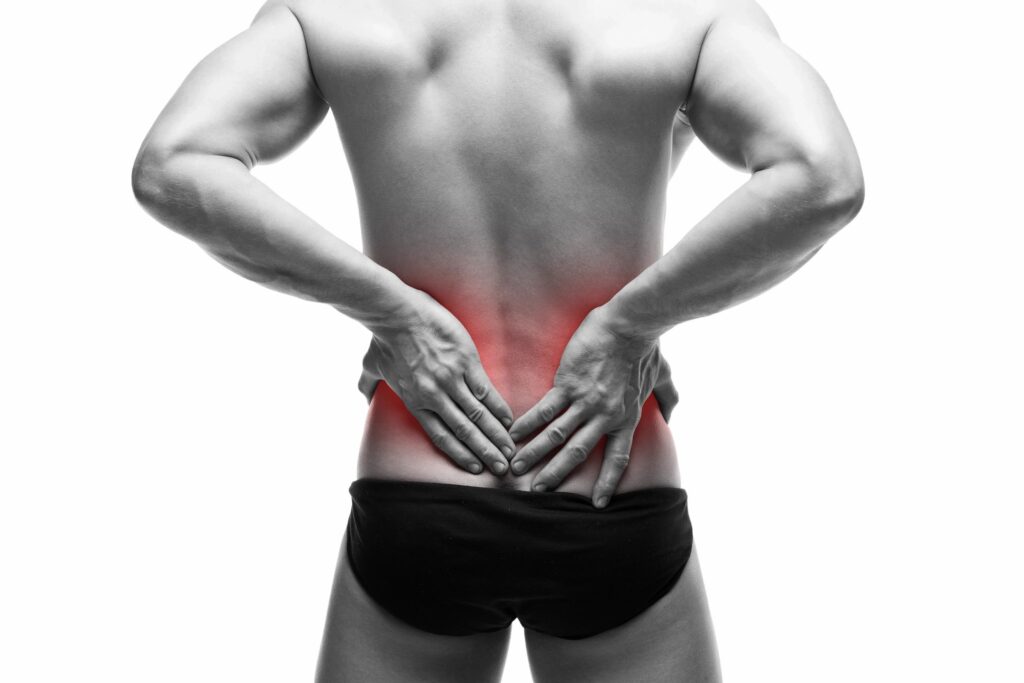Chronic pain doesn’t just affect the body—it slowly chips away at daily joy, energy, and connection. For many, it starts with an old injury or a mysterious ache that never quite goes away, gradually becoming something that shapes how they move, think, and live.
Fortunately, pain management has come a long way. Instead of relying on one-size-fits-all treatments, more people now have access to options that are tailored to what’s actually causing their pain. Whether it stems from inflammation, nerve issues, or undiagnosed conditions, new tools and therapies are making it possible to treat the root—not just the symptoms—and help people get back to living fully.
Identifying the Hidden Causes of Long-Term Pain
Old injuries that didn’t heal right can lead to ongoing pain that makes daily tasks harder. Conditions like tendinitis, bursitis, or fibromyalgia can go undiagnosed for years, adding to long-term discomfort. New imaging and biomarker tests help doctors find the real source of pain. This makes it possible to create treatment plans that focus on healing instead of just covering up symptoms, and pain management plays a key role in preventing bad movement habits that can make things worse.
Getting to the root of the pain leads to better treatment results. With a correct diagnosis, treatments can include physical therapy, targeted injections, or medication made for each person’s situation. This approach helps stop chronic conditions from getting worse. Taking the time for a full check-up with a healthcare professional can lead to a clear path toward relief and healing.
Breaking the Cycle of Inflammation for Lasting Relief
Long-term inflammation often plays a major role in ongoing pain, creating a cycle that’s tough to break. It can come from old injuries, autoimmune issues, or diet. Inflammation drains energy, but changing what you eat—like adding omega-3-rich foods—can help lower it and ease discomfort.
Regenerative treatments like platelet-rich plasma (PRP) therapy use the body’s natural healing ability to reduce inflammation at its source. These treatments, combined with anti-inflammatory options such as over-the-counter medicine and natural remedies like turmeric and ginger, can offer extra relief. Staying consistent with these methods helps build lasting results.
Using Advanced Non-Surgical Treatments for Pain Relief
Innovative treatments like radiofrequency ablation and neuromodulation are giving people real alternatives to surgery. Radiofrequency ablation uses heat to disrupt pain signals from specific nerves, offering relief for conditions like arthritis or nerve pain. Neuromodulation, including spinal cord stimulation, adjusts nerve activity to ease pain without the risks of surgery.
Since these methods are non-invasive, recovery is quicker, and people can return to daily routines sooner. When combined with a personalized care plan, these treatments can significantly improve comfort and function. Talking with a pain specialist can help identify which option best fits your needs and lifestyle.
Restoring Movement and Strength With Targeted Therapy
Regaining movement is often the turning point in healing. Targeted therapy plans help people build strength and flexibility. Customized rehab focuses on specific challenges, helping people regain movement. Aquatic therapy offers a safe space to exercise with less strain. Water supports the body, reducing injury risk and encouraging steady progress.
Progressive strengthening is another important part. It slowly increases exercise intensity as strength builds. This helps people create a strong foundation before moving on to harder activities. It also builds confidence and ability. Working with a trained physical therapist to create a personal plan lays the groundwork for long-term recovery and lasting strength.
Making Lifestyle Changes to Keep Pain Away
A long-term approach to pain management goes beyond quick fixes. Simple ergonomic changes, like better chairs or adjusting your desk, can improve posture and reduce strain on muscles and joints. Adding stress relief activities like yoga or meditation can also ease muscle tension and make daily life more comfortable.
These lifestyle adjustments support the progress made with medical treatments. They help stop pain from coming back. Regularly checking personal habits and making changes as needed creates a proactive approach to health. Building a supportive space at home and work encourages ongoing recovery and overall well-being.
Lasting relief from chronic pain begins with understanding what’s really causing it. With better scans and diagnostic tools, doctors can now create treatment plans that go beyond symptom control. Non-surgical options like spinal cord stimulation and radiofrequency ablation offer meaningful results without long recovery times. At the same time, small lifestyle changes—like eating anti-inflammatory foods, adjusting posture, and staying active—can support long-term healing. The most effective approach combines medical insight with daily habits that reduce stress and strain. Working closely with a healthcare provider to create a plan that fits your life can make relief feel possible again.

